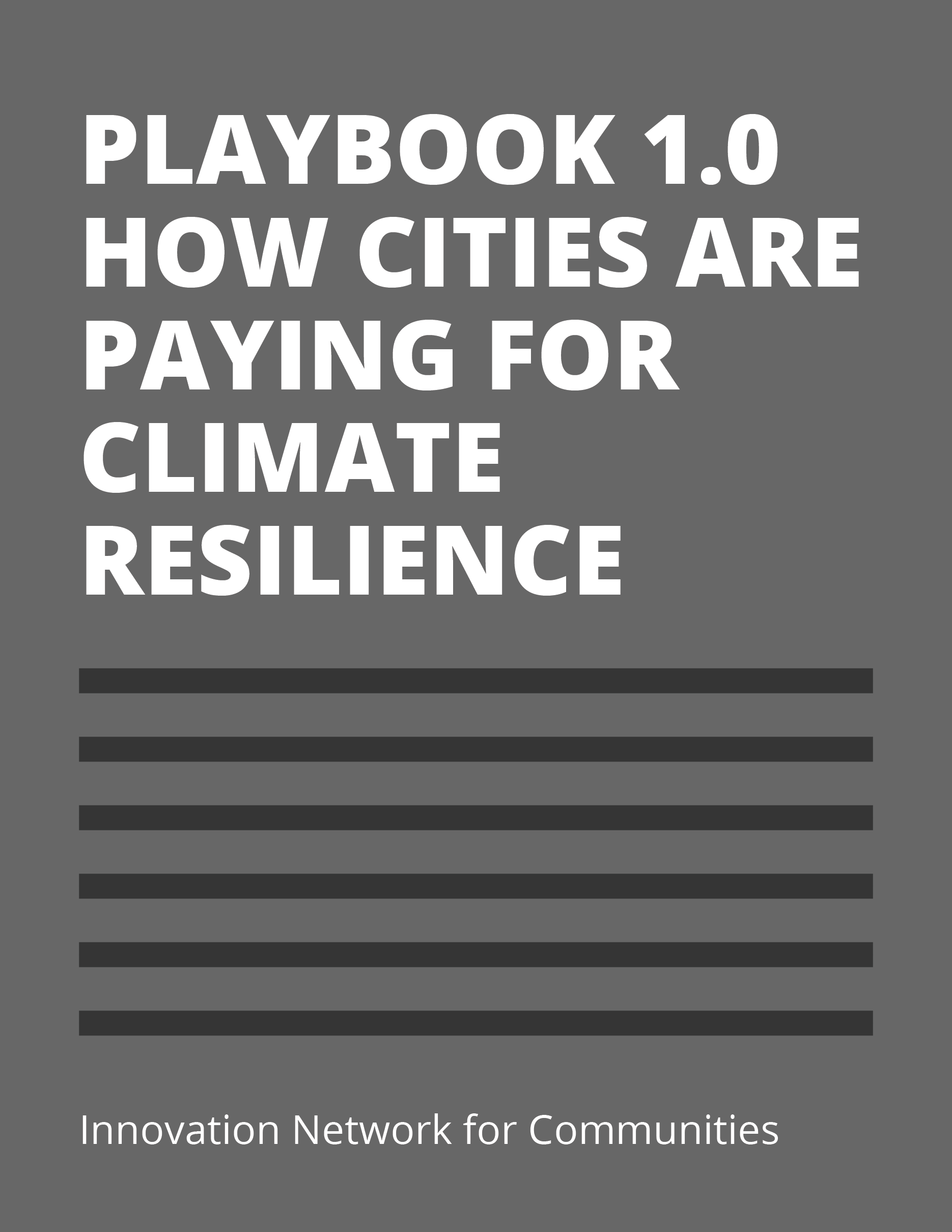Funding
In support of Bay Area policy and planning efforts, the Resilience Program has put together a set of unique funding resources including: a cost analysis of funding needs, a spreadsheet of historic funding sources and a set of funding tools and resources available for resilience planning and initiatives.
Resilience: Costs & Revenues
Resilience planning involves significant costs, from the funding of policy and planning efforts to the costs of adaptation and mitigation. In the Bay Area, for example, the cost of adapting the region to the near-term sea level rise is estimated at over $17B.
Successful resilience efforts will take into account estimated costs, referencing historic funding sources and drawing from funding tools and other resources to implement prioritized resilience initiatives for their jurisdictions and districts.
In this evolving space, we have compiled a preliminary set of resources for identifying funding needs and revenue sources for resilience projects. We look forward to expanding these resources over time.
Cost Analysis
Funding resilience initiatives requires understanding the costs of planning and implementation. The Resilience Group offers resource(s) here for scoping out funding needs.
Resilience Draft Needs and Revenue Assessment

A first-of-its-kind of regional analysis of the amount of money the Bay Area needs to address our seismic risks in housing and to adapt to the first two feet of sea level rise.
Beginning with an analysis of the different vulnerabilities throughout the region, the Resilience Group identified different mitigation and adaptation strategies to address those vulnerabilities in order to come up with a high-level estimate of costs to adapt the shoreline to sea level rise and to retrofit commonly deficient housing types to withstand earthquake shaking. Highlights include:
- $17.4B for sea level rise adaptation
- $6B for housing-related seismic hazard mitigation
- 385,000 seismically retrofitted housing units
- 150 of miles of shoreline adaptation and 100,00 acres of wetland restoration
Historic Funding Sources
Learn how communities in the region have historically funded resilience initiatives.
Historic Resilience Revenues

This spreadsheet captures resilience revenue the Bay Area has historically seen in the region over the past 25 years, recording how much the region has received and suggesting what the region can expect to receive from sources including:
- Local bonds
- Local taxes
- State bonds
- State grants
- Federal grants
- Potential new revenue sources
It includes a resource summary and forecasts.
Although it is not intended to be comprehensive, this resource shows the broad portfolio of known ways communities have raised money locally or been awarded money from regional, state, federal and philanthropic sources for resilience-building initiatives. It is also helpful as a record of which sources of revenue have been used for different purposes.
Funding Tools & Resources
A variety of funding sources are available for resilience projects in California and the Bay Area. The following resources provide assistance navigating options.
Paying for Climate Adaptation in California

This resource offers an introductory description of the resilience funding resources, providing an overview of the different types of funding options available for climate change adaptation and resilience projects in California. It defines key terms, catalogs important laws and existing sources of funding, describes challenges and sets forth equity principles that should underpin all adaptation and resilience investments. It is intended in part as a guide to navigate California’s complex funding and financing processes.
Finance Guide for Resilient by Design Bay Area Challenge Design Teams

The Finance Guide was prepared to give the Resilient by Design Bay Area Challenge design teams guidance on resilience project finance in the California context. With the benefit of the final project designs and the associated roadmaps for finance and implementation for each design team, this updated resource shows the different types of financing that can be used locally to fund resilience initiatives, and in outlining the characteristics of of each project and what makes the project appropriate for a specific type of funding, it indicates which funding opportunities might be available for your project.
Playbook 1.0: How Cities Are Paying for Climate Resilience

This nationally focused overview of resilience funding initiatives provides a close look at how eight US cities in seven states have been organizing the funding needed to implement their ambitious climate-resilience plans, revealing common strategies for climate-resilience finance. Each case study demonstrates how a city has applied specific funding mechanisms to their resilience planning.

